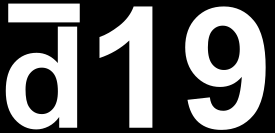Speaker
Description
The production of light clusters of (anti-) nuclei like (anti-) deuteron, (anti-) helium or (anti-) trition is usually described by coalescence models. In $e^+e^-$ collisions and dark matter annihilations, one imposes typically the coalescence condition in momentum space, including often the two-particle correlations provided by Monte Carlo simulations on an event-by-event basis. In contrast, in nuclear collisions one often neglects two-particle correlations in momentum space but includes constraints on the spatial emission volume of the event. Here we propose a coalescence model in phase-space based on the Wigner function representation of the nucleons and nuclei which includes both constraints on the momentum and the space variables of the event. We compare the predictions of this model with experimental data from $e^+e^-$ collisions at LEP and $pp$ collisions at LHC and find in general good agreement with the data. We comment also briefly on the resulting detection prospect of AMS-02 for anti-nuclei.

